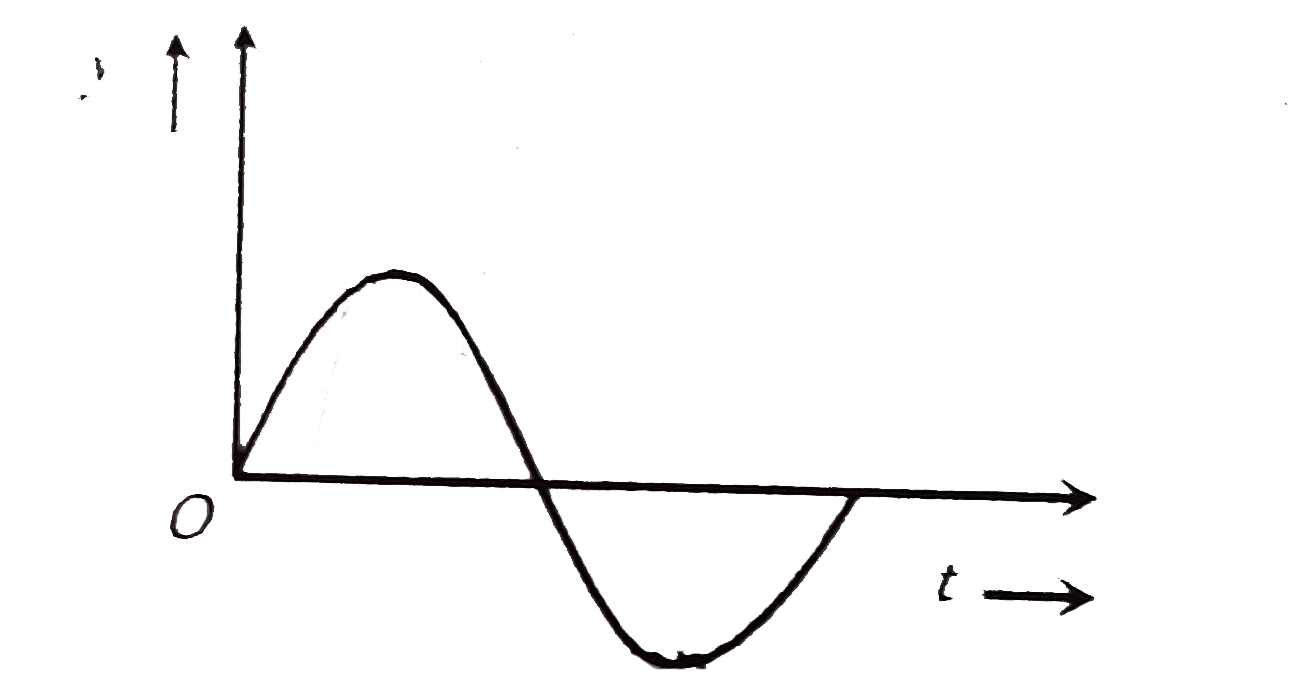The displacement-time graph of a particle is as shown below. It indicates that

the velocity of the particle is constant throughout
the acceleration of the particle is constant throughout
the particle starts with a constant velocity and is accelerated
the motion is retarded and finally the particle stops
The correct Answer is:D
At first, the slope is decreasing therefore, the motion is retarded Finally, the displacement becomes constant and the body stops.
Topper's Solved these Questions
- MOTION IN A PLANEBOOK - DC PANDEYCHAPTER - MOTION IN A PLANEEXERCISE - (B) Meical entrance special format questions (Mathch the columns)
6 Videos
- MOTIONBOOK - DC PANDEYCHAPTER - MOTIONEXERCISE - Medical entrances gallery
19 Videos
- PROJECTILE MOTIONBOOK - DC PANDEYCHAPTER - PROJECTILE MOTIONEXERCISE - Level - 2 Subjective
10 Videos
Similar Questions
Knowledge Check
The displacement-time graph of a moving particle is shown below. The instantaneous velocity of the particle is negative at the point
ACBDCEDFThe displacement-time graph of a moving particle is shown below. The instantaneous velocity of the particle is negative at the point
 ACBDCEDF
ACBDCEDFThe displacement-time graph of moving particle is shown below

The instantaneous velocity of the particle in negative at the pointADBFCCDE
The displacement - time graph of a particle executing SHM is as shown in the figure. The maximum velocity of the particle is

View SolutionThe velocity − time graph of a particle is as shown in figure

View SolutionThe displacement time graph of a particle executing SHM is as shown in the figure

The corresponding force-time graph of the particle is
View SolutionThe displacement-time graph of a particle acted upon by a constant force is
View SolutionThe displacement time graph of a particle executing S.H.M. is as shown in the figure
The corresponding force-time graph of the particle is
View Solution


